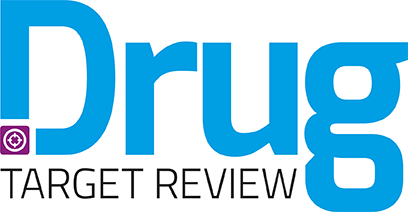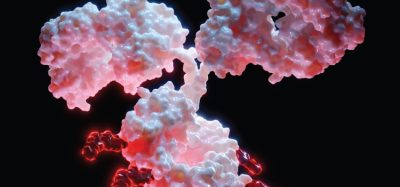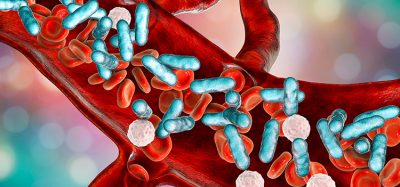New predictive model identifies synergistic drug pairings
Posted: 25 February 2025 | Drug Target Review | No comments yet
Researchers at Mount Sinai have created a computational tool that predicts effective drug combinations, providing a faster and more cost-efficient method for identifying potential treatments for complex diseases like cancer.


Researchers at the Icahn School of Medicine at Mount Sinai have introduced a pioneering computational method, iDOMO, designed to revolutionise the identification of synergistic drug combinations. This tool, published in Briefings in Bioinformatics, promises to accelerate the development of effective combination therapies for complex diseases, offering hope for patients facing limited treatment options.
The challenge of discovering effective drug pairings has long been a bottleneck in pharmaceutical research. Traditional methods, relying on extensive and costly laboratory experiments, often struggle to keep pace with the complexities of diseases like cancer. iDOMO addresses this by using gene expression data and gene signatures to predict the beneficial and detrimental effects of drug combinations. By analysing the activity levels of genes within biological samples and comparing these with distinct patterns associated with disease states and drug responses, iDOMO offers a powerful predictive capability.
Computational power meets clinical need
“Our approach offers a more effective way to predict drug combinations that could serve as novel therapeutic options for treating human diseases,” explained senior author, Dr Bin Zhang, Director of the Mount Sinai Center for Transformative Disease Modeling. “This could significantly expand treatment options for clinicians and improve outcomes for patients who do not respond to standard therapies.”
The practical application of iDOMO was demonstrated through its successful prediction of a synergistic drug combination for triple-negative breast cancer, an aggressive form of the disease. The model identified trifluridine and monobenzone as a potent pairing, which was subsequently validated in laboratory experiments. These experiments confirmed that the combination significantly inhibited cancer cell growth, surpassing the effectiveness of either drug used alone.
This validation highlights iDOMO’s potential to streamline the drug discovery process. By prioritising promising drug combinations for further experimental validation, researchers can potentially accelerate the development of new treatments for a wide range of diseases.
Expanding therapeutic horizons
The implications of iDOMO extend beyond cancer research. This computational approach offers clinicians more therapeutic options, particularly for patients who have developed resistance to conventional treatments. The tool’s cost-efficient and scalable nature makes it a valuable asset for broader applications across various diseases. Looking ahead, the research team plans to expand iDOMO’s application to other diseases, further refine its predictive capabilities, and integrate it into broader drug development pipelines.
The development of iDOMO represents a significant step forward in the field of computational biology and drug discovery. By bridging the gap between computational analysis and experimental validation, this innovative tool promises to accelerate the pace of therapeutic innovation and bring new hope to patients facing challenging diseases.
This study was published in Briefings in Bioinformatics.
Related topics
Artificial Intelligence, Drug Discovery, Drug Discovery Processes
Related conditions
Cancer
Related organisations
Icahn School of Medicine
Related people
Dr Bin Zhang








